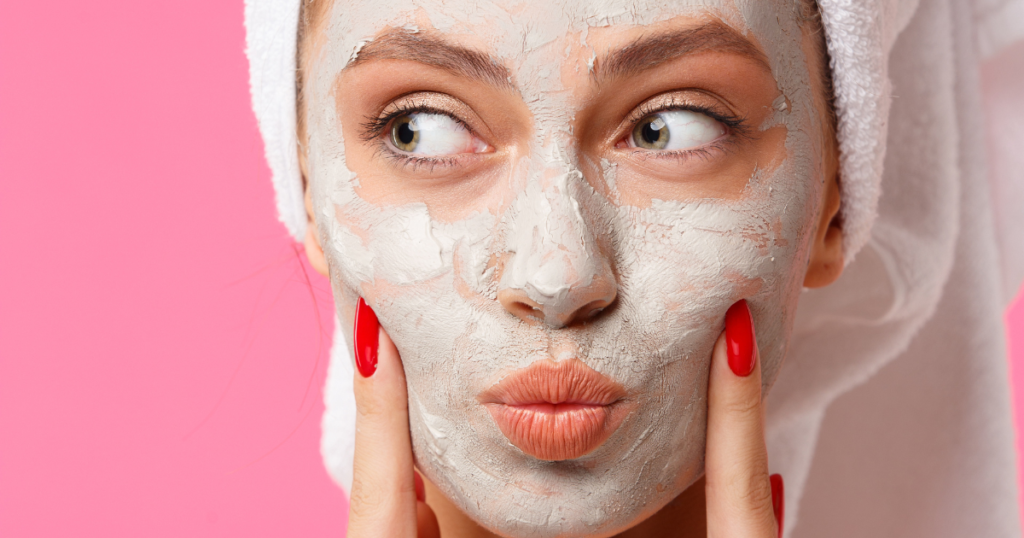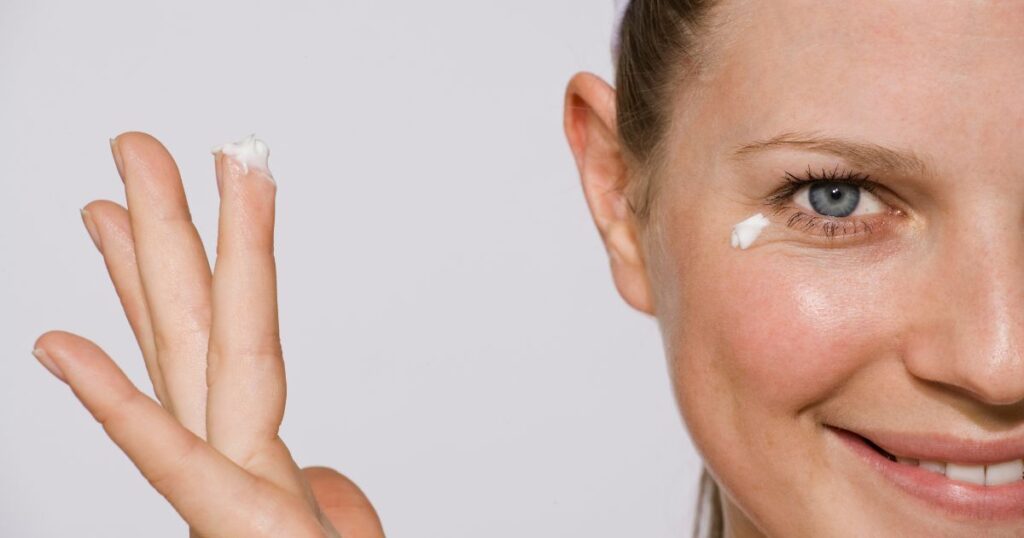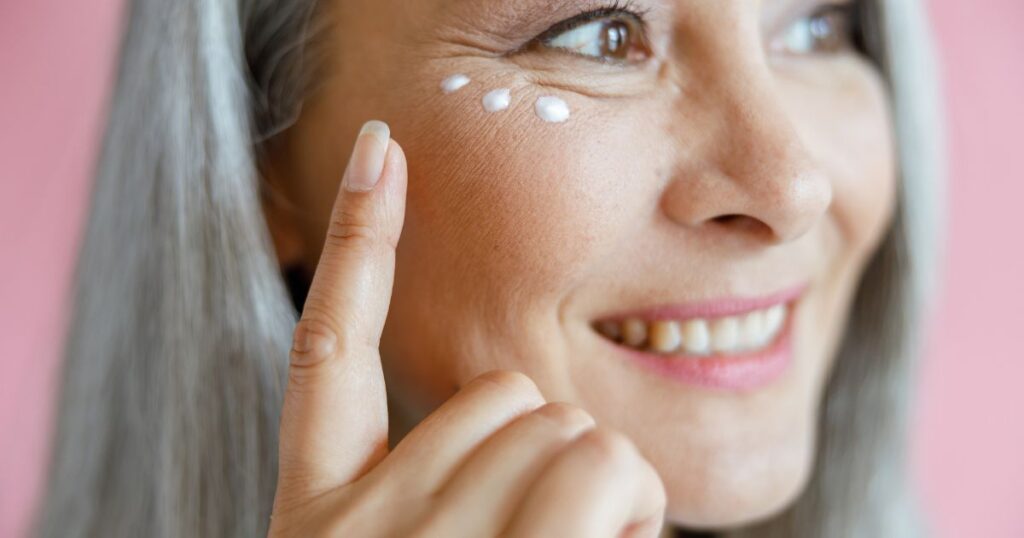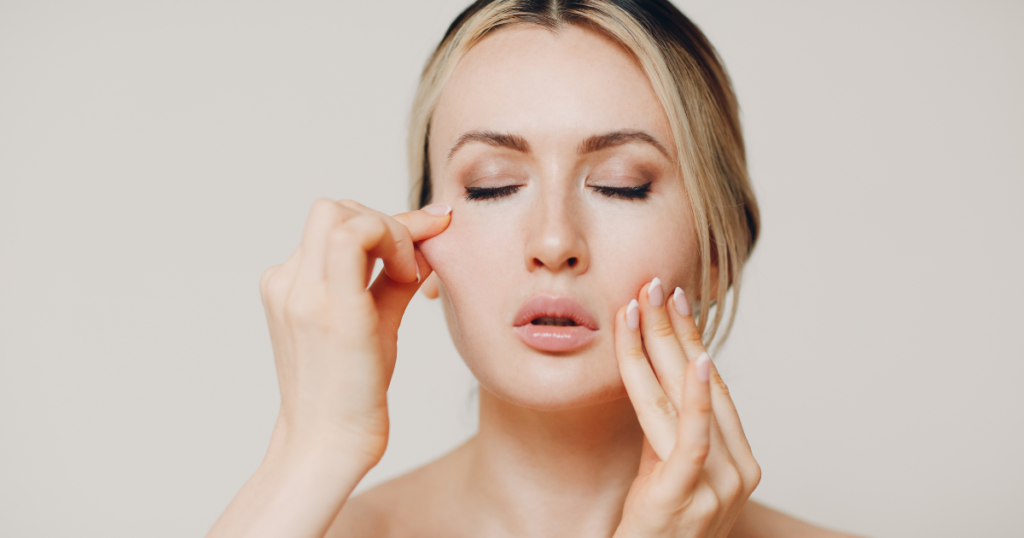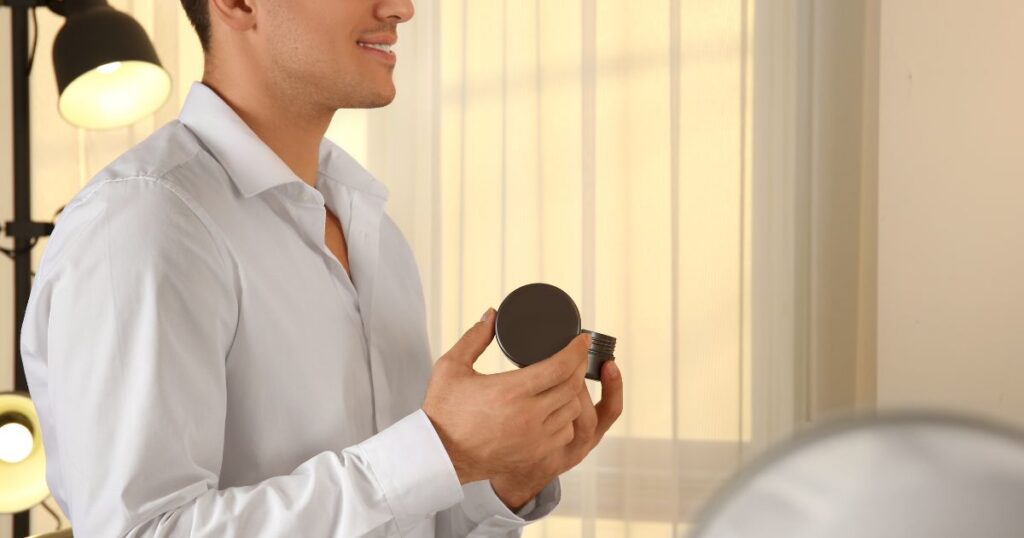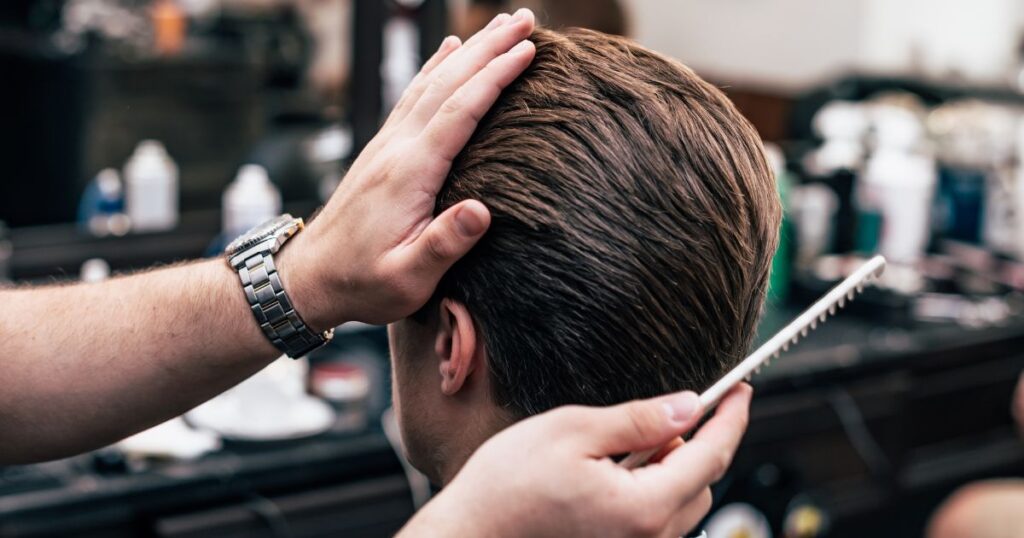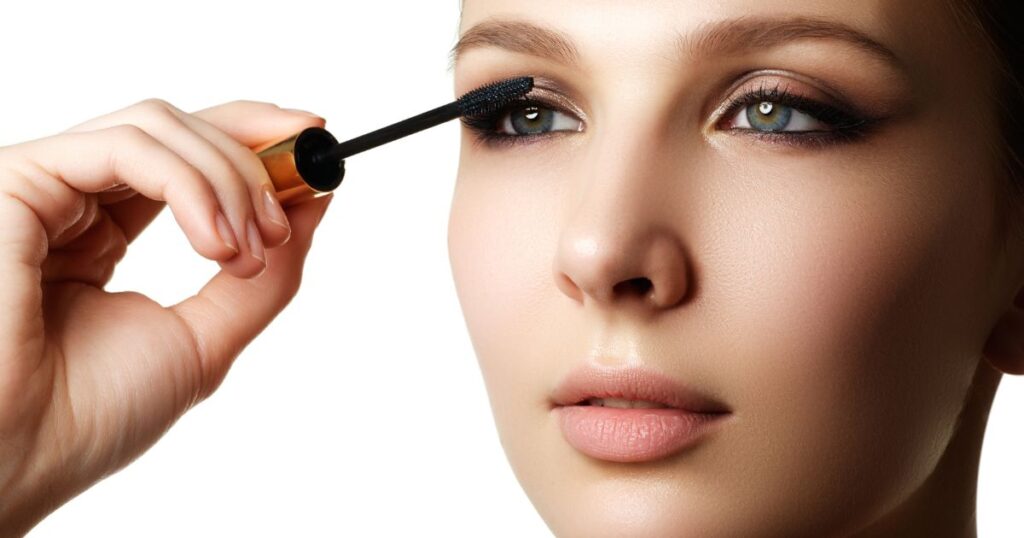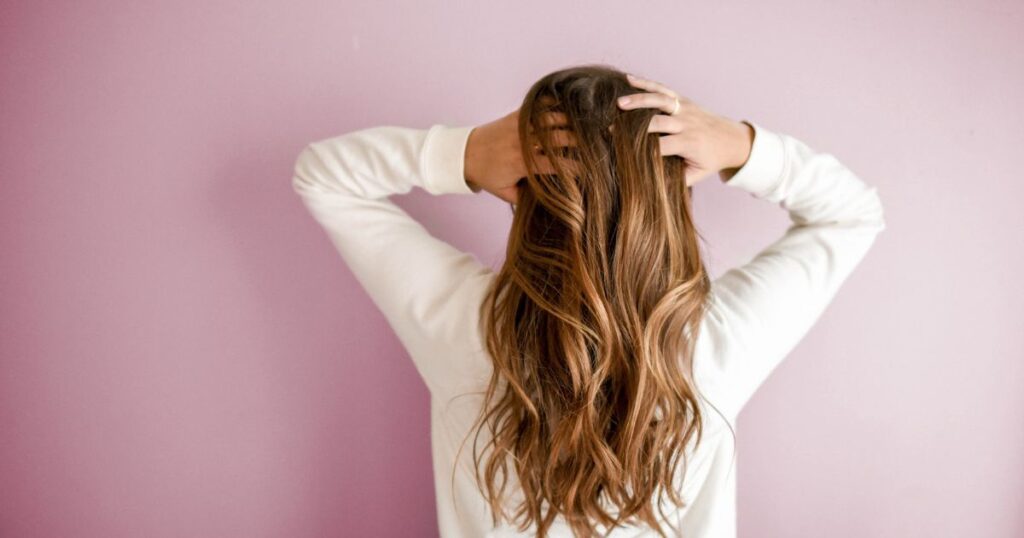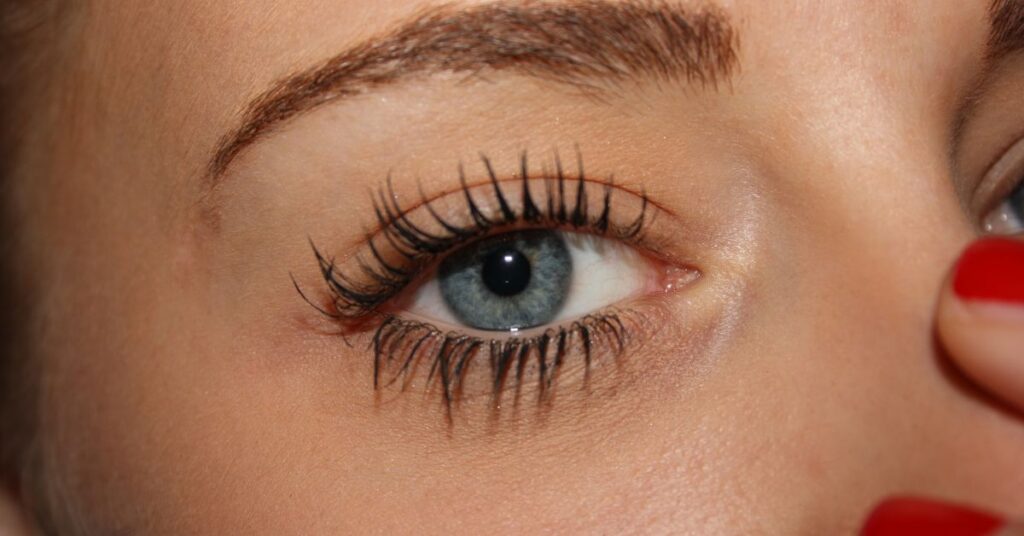How Long Do Face Masks Last Unopened?
In the realm of skincare, face masks have become an indispensable component of self-care routines. Whether you’re a fan of the elaborate Korean 10-step skincare routine or just a casual user, the question of face mask expiration is crucial for ensuring their efficacy. In this guide, we’ll delve into the lifespan of face masks, the right way to store them, and whether using expired masks is safe. Let’s unravel the mysteries of face mask longevity. Understanding Face Mask Expiration Face masks, like other skincare products, have a shelf life that varies based on ingredients and storage conditions. In general, most face masks last around two years before their effectiveness may start to diminish. It’s essential to be vigilant about expiration dates, which are typically printed on the packaging. Proper Storage for Prolonged Shelf Life To extend the shelf life of face masks, proper storage is key. Keep them in a cool, dark place to prevent degradation of ingredients. Exposure to direct sunlight can lead to a quicker decline in potency. Always check the expiration date and assess the condition of the mask, looking for changes in color, texture, or odor. Using Expired Face Masks: Risks and Considerations Expired face masks, especially those with natural ingredients, may lose their potency faster than chemical-based products. If a mask is past its expiration date, it can potentially cause skin issues like itchiness, rashes, and acne. Trusted experts suggest a “sniff and touch” test for sheet masks; if they pass, they might still be safe to use, but caution is advised. When to Discard Your Face Mask? Cosmetic chemist Mort Westman advises discarding masks that have significantly changed color, odor, or consistency. If a mask exhibits signs of wear, such as fuzzy growth or an altered texture, it’s likely nearing the end of its useful life. Regularly check your sheet masks and store them properly to maintain freshness and potency. Unopened Face Masks: Expiration and Storage Even unopened face masks have an expiration date, typically one year from the date of manufacture. Proper storage is crucial, with cool, dry places like cabinets or drawers being ideal. Remember that the shelf life varies based on the ingredients, and natural masks might expire sooner than chemical-based ones. Korean Face Masks: Manufacturing Dates vs. Expiration Dates Korean face masks often display manufacturing dates instead of expiration dates. This emphasizes freshness, ensuring that products are newly made when they reach consumers. It’s important to differentiate between symbols representing manufacturing and expiration dates, as well as ‘use by’ dates. Safe Use of Expired Sheet Masks While it’s generally considered safe to use expired sheet masks, it’s crucial to ensure they won’t irritate the skin. Perform a sensory check for any bad odors and abnormal consistency. Once opened, sheet masks begin to oxidize, so it’s advisable to use them in one go. If you plan to store an opened mask, transfer the excess serum into an airtight container to prevent oxidation and bacterial growth. Read Also: What Does Face Cleanser Do to the Face? FAQs: Can I use expired sheet masks? It’s generally safe if they pass a sensory check for odors and consistency. Do face masks expire if unopened? Yes, face masks do expire, even if unopened, typically after one year. How long do Korean face masks last? Korean face masks may have a manufacturing date, emphasizing freshness. Shelf life varies by brand. Is it safe to use expired clay masks? Many clay masks with natural ingredients can be used after expiration if stored properly. Conclusion: As your face masks approach their expiration date, view it as an opportunity for a deep detox session. Spend some quality time pampering your skin, and it will undoubtedly thank you. Face masks are not just skincare; they’re a ritual of self-care that rejuvenates both your skin and spirit. Face Mask Storage Guidelines Type of Mask Storage Guidelines Sheet Masks Store in a cool, dark place; use promptly once opened Unopened Face Masks Keep in a cool, dry environment; discard after one year Korean Face Masks Differentiate between manufacturing and expiration dates Expired Sheet Masks Perform a sensory check for odors and consistency Clay Masks Properly store to maintain freshness and longevity N95 Face Masks Follow CDC guidelines for storage; consider filtration levels

